Electrostatic levitation is the process of levating a charged object using an electric field to counteract the effects of gravity. It is a technique that suspends and manipulates objects without physical contact by using electric fields. It was used in Robert Millikan’s oil drop experiment, for example, and is used to suspend the gyroscopes in Gravity Probe B during launch. It operates on the electrostatic force principle, which is the force exerted between charged objects.
An object with an electric charge is placed in an electric field created by electrodes in electrostatic levitation. The charged object interacts with the electric field, creating a force that counteracts gravity. The object can be suspended and held in place without any support by carefully adjusting the electric field.
It is an object with a net positive charge is placed in close proximity to a charged surface or electrode with a net negative charge. The repulsive force between the charges is strong enough to overcome the gravitational force acting on the object, allowing it to float in mid-air. The levitation occurs due to the balance between the upward electrostatic force and the downward gravitational force.
Earnshaw’s theorem states that no static arrangement of classical electrostatic fields can stably levitate a point charge. The two fields cancel at an equilibrium point, but it is an unstable equilibrium. It is possible to achieve quasistatic levitation by adjusting the charges using feedback techniques.
The charged surface or electrode used in electrostatic levitation is typically made of a conducting material, such as metal. By controlling the charge on the electrode and adjusting the distance between the object and the electrode, the levitation height and stability can be regulated.
Application
This technique is frequently used to levitate and study materials at high temperatures or in extreme conditions where mechanical holders or containers may fail. Scientists can eliminate the effects of gravity by levitating the material, allowing them to freely manipulate and observe it.
Electrostatic levitation has numerous applications, including materials science, physics, and chemistry. It enables researchers to study the properties of materials under controlled conditions, such as melting and solidification behavior, thermal conductivity, surface tension, and phase transitions. They can also avoid contamination and achieve higher purity in experiments by levitating the material.
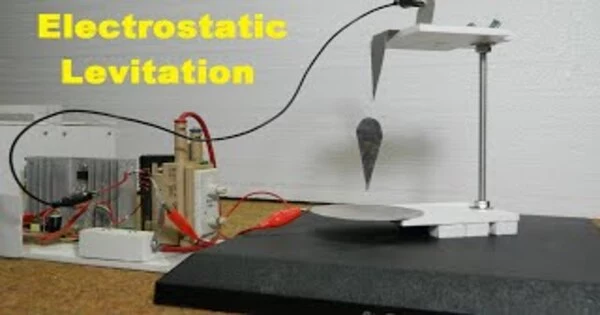
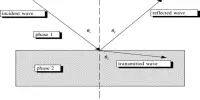
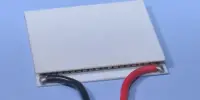
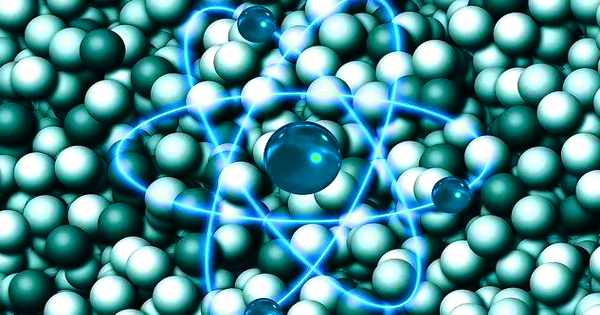
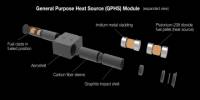


![Internship Report on Security Watching All the Time (S.W.A.T.) [Part- 1]](https://assignmentpoint.com/wp-content/uploads/2013/04/Security-Watching-All-the-Time-110x55.jpg)








